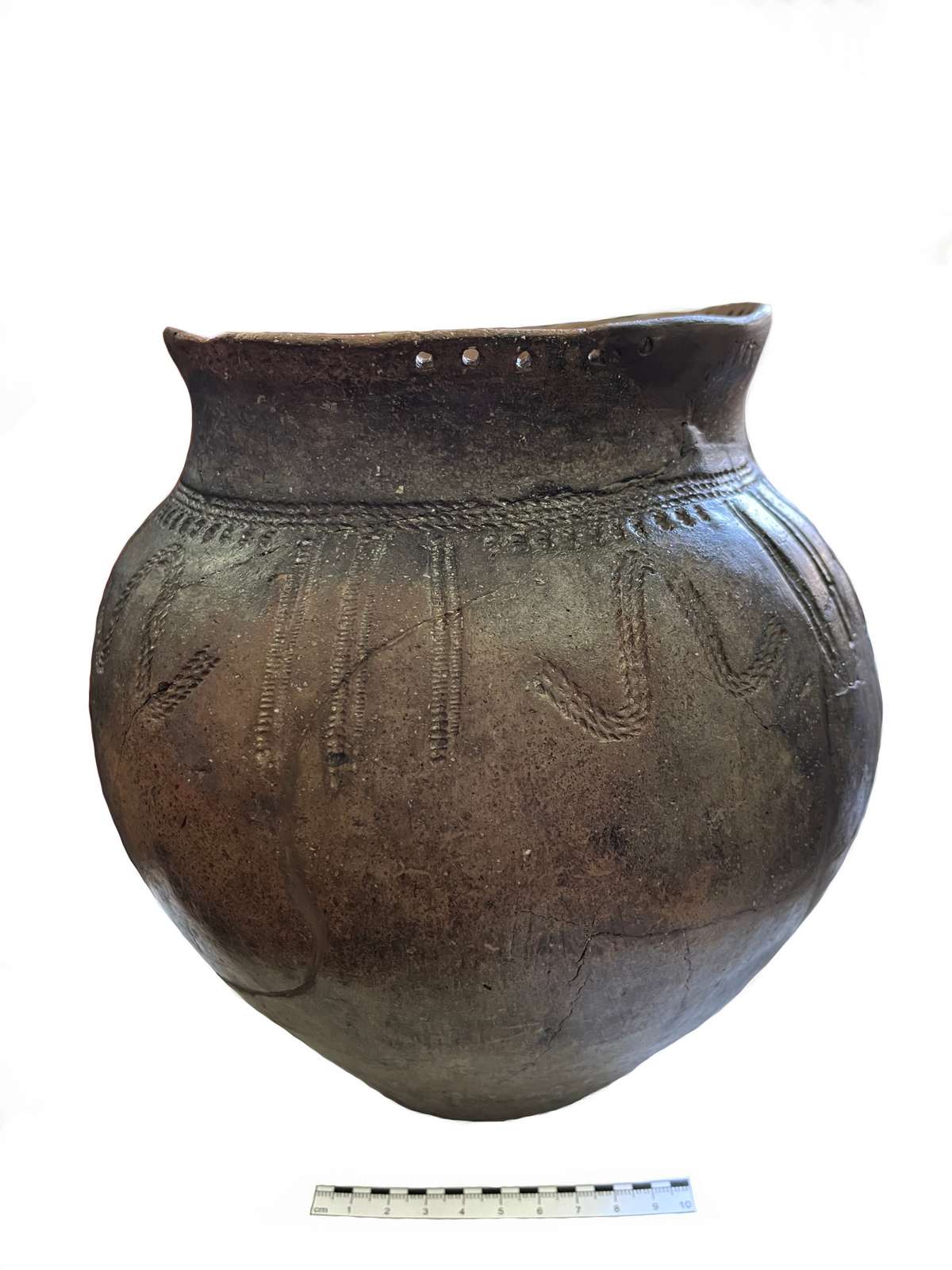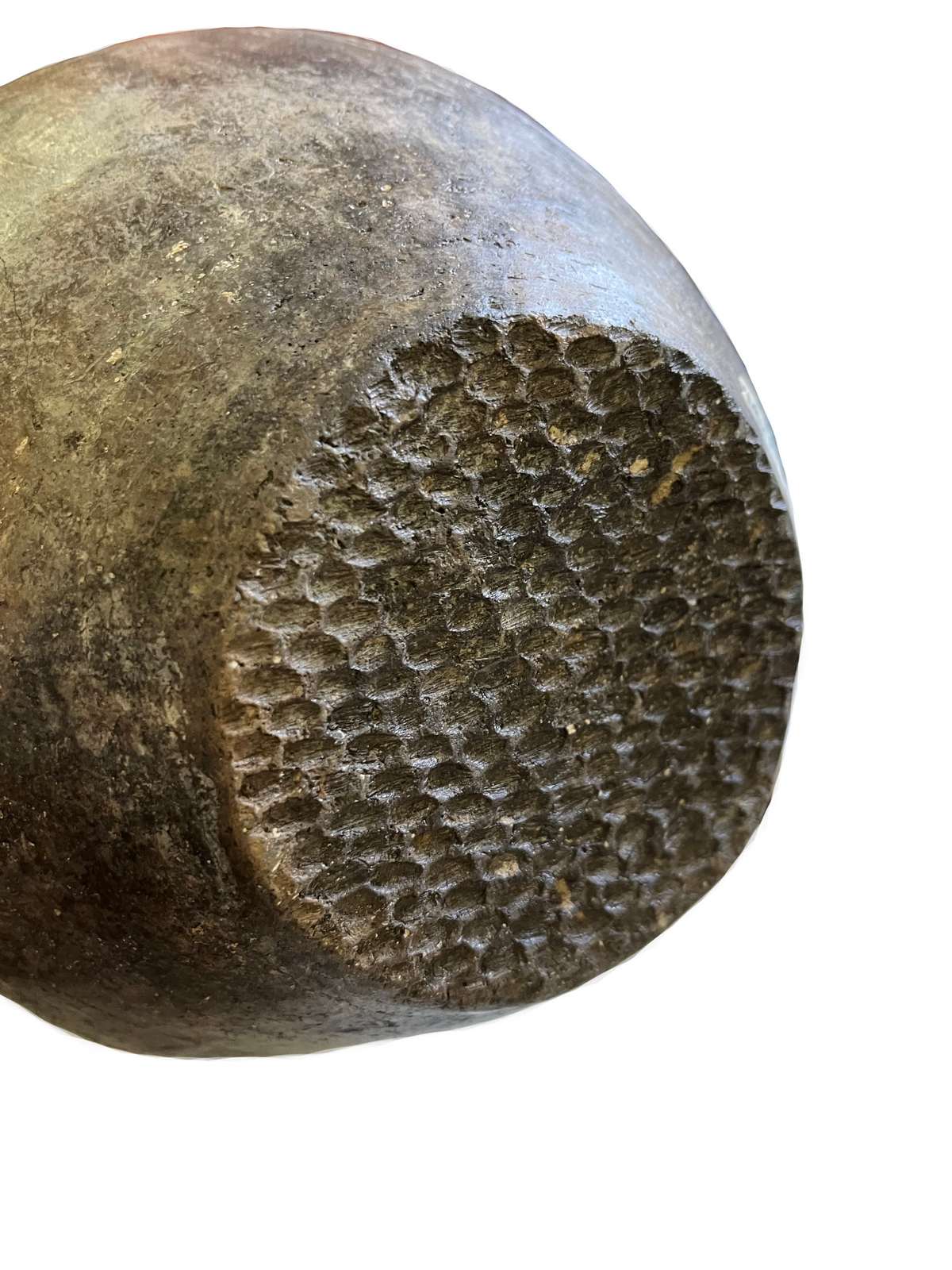  Events Archive Events Archive
Opening of the Exhibition “Show Me Your Pain” Vol. III
October 21, 2024
On October 21, 2024, in the context of the European Day against pain, the National History Museum of Moldova hosted the opening of the exhibition "Show Me Your Pain," the result of a unique performance conducted during a scientific seminar in Salzburg, Austria, earlier this year. The project randomly paired eight volunteers with eight artists, each volunteer completing a detailed questionnaire that included demographic data, pain intensity scores, and comparisons of pain with basic sensory experiences.
The ceremony was held in English, being opened by Iana Burmistr, president of the Society for the study and combat of pain, presenting the other artists involved in the project.
In private sessions, the artists met with the volunteers to discuss anything except pain, with the pain descriptors extracted exclusively from the completed questionnaires. The exhibition brought together the resulting paintings, offering a visual interpretation of pain through the sensory experiences described by the volunteers.
Visitors were invited to experience these pains through a collection of unique artworks, each reflecting the artist's interpretation of the volunteer's pain. This included opportunities to touch and taste pain, inviting the audience to connect emotionally and sensorially with the displayed works. The original paintings, held by the artists, were accompanied by digital copies that were nearly identical in size to the originals, providing a rare opportunity to contemplate the complexity of human pain.
This event was carried out by the Moldovan Society for the Study and Combat of Pain in partnership with Art Forum Salzburg, the WHO and the US Government, as part of a wider pain awareness campaign aimed at encouraging open discussions about pain experiences, promoting thus empathy and a better understanding of pain management.
The exhibition "Show Me Your Pain" explored the interaction between pain and color perception, highlighting how sensory experiences influence pain perception. This initiative underscored the importance of effective communication in pain management and the relevance of innovative approaches to understanding this complex issue.
The "Show Me Your Pain" exhibition can be visited until November 8, 2024.
|
 31 August 1989 St., 121 A, MD 2012, Chisinau, Republic of Moldova
31 August 1989 St., 121 A, MD 2012, Chisinau, Republic of Moldova

































































